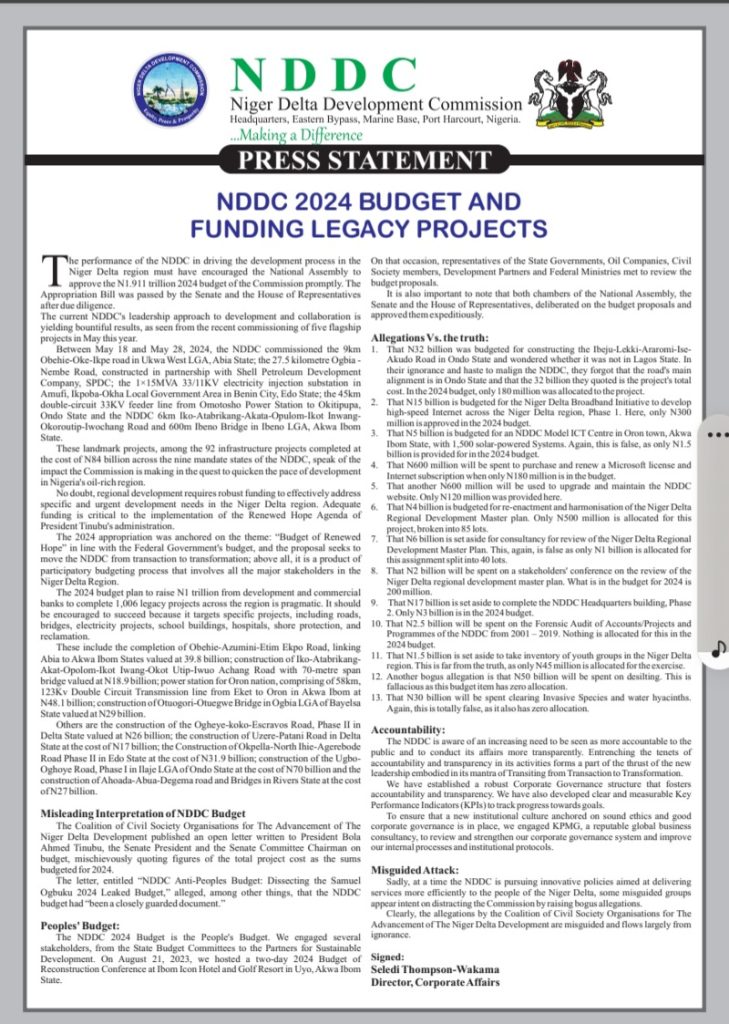In a concerning development, Nigeria’s electricity infrastructure has once again experienced a significant collapse, with power generation plummeting to an alarmingly low 42.7 megawatts (MW) as of the time of this report. This drastic drop comes in contrast to a peak generation of 3,594.60MW, which was recorded at approximately 1 am on Tuesday morning.
According to reports, only the Delta Power plant was actively contributing to the grid with a meager 41.00MW at noon, while the Afam plant contributed just 1.7MW to the electricity supply.
This recent power outage follows closely on the heels of two previous grid collapses that occurred within a span of more than 12 hours, leaving the entire nation in complete darkness. The recurring incidents of grid collapses have raised concerns about the reliability and stability of Nigeria’s electricity infrastructure.
SaharaReporters had previously reported that the Minister of Power, Adebayo Adelabu, attributed the cause of the grid collapse last Thursday to an explosion at the Kainji/Jebba 330kV transmission line. He had assured the public that efforts were underway to swiftly restore power.
In a series of tweets, the Minister had stated, “At 00:35Hrs this morning, Fire outbreak with an explosion sound was observed on Kainji/Jebba 330kV line 2 (Cct K2J) blue phase CVT & Blue phase line Isolator of Kainji/Jebba 330kV line 1 was observed burning. This led to sharp drops in frequency from 50.29Hz to 49.67 Hz at 0:35:06Hrs with Jebba generation loss of 356.63MW.”
Efforts to address the situation and restore power were reported to be in progress, with the fire being fully contained, and more than half of the connections already restored.
It’s worth noting that electricity supply was eventually restored across Nigeria hours after the nationwide blackout on that Thursday, which had resulted from the collapse of the national grid operated by the Transmission Company of Nigeria (TCN) from Osogbo in Osun State.










